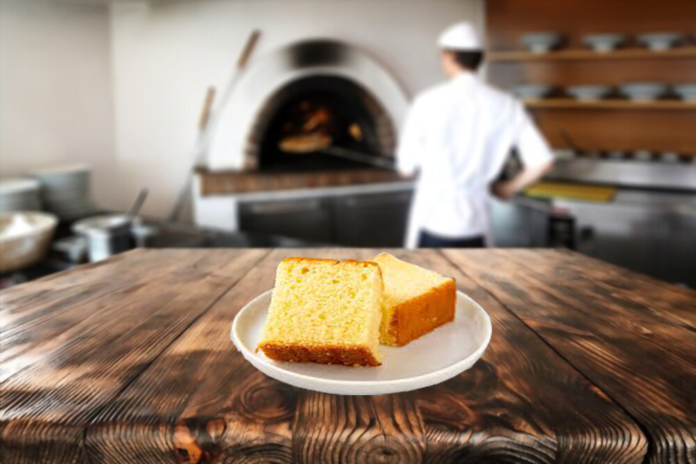Revolutionary 19th Century, Our world saw the dramatic change in every sector of Human life, Socially, Culturally, Politically, Economically and Scientifically by the grace of new idea, inventions and infrastructural developments. As a result, new development and many discoveries in the field of science, especially in chemistry opens new door to us.
Baking Process is also influenced by that new invented products and change which was in need of something else from traditional process and elements uses in Baking. Evidence showed that yeast raised products was associated with constipation and indigestion, a key factor towards research for alternative of yeast. To avoid indigestion and for potential health benefits of non-yeasted products led to Alfred Bird carrying out research in Birmingham, England in 1843, to develop the term “Fermenting Powder”, later known as “Baking Powder”, consist of Sodium Bicarbonate, tartaric acid and cornstarch, to assist her wife from allergens of yeast, not for commercial use and un-patented. Two years later in 1845, Henry Jones of Bristol, England, Invented self-rising flour by using sodium bicarbonate, tartaric acid and cornstarch, patented for commercial purpose.
While the “Baking Powder” become major asset for the Baking Industry, reached all over the world, American Bakers had been developed a new recipe using Baking Powder known as “Butter Cake” following Old Fashioned and Dense textured “Pound Cake”, originated in England, Made with one pound each of flour, sugar, butter, eggs and vanilla/ Lemon as flavoring.
Today after a long way run we can see, recreated and developed “Butter Cake” by changing in proportion of ingredients and equipped with other flavors, Whatever, Versatile Butter Cake become more popular recipe entire the world.
| Basic Recipe | ||
| Ingredients | Metric Measurement | |
| Butter | 360 | g |
| Sugar | 400 | g |
| Salt | 5 | g |
| Eggs | 250 (5PCs) | g |
| Vanilla Essence | 10 | g |
| Milk | 450 | ml |
| Cake Flour | 450 | g |
| Baking Powder | 18 | g |
| Method: | Baking Temp & Time: | |
Pre-heat the Oven at 180°C.
Add one-fourth of the dry ingredients. Mix just until blended in. Add one-third of the liquid Milk. Mix just until blended in. Repeat until all ingredients are used. Scrape down the sides of the bowl occasionally for even mixing. The reason for adding dry and liquid ingredients alternately is the batter may not absorb all the liquid unless some of the flour is present. 7. Panning: Pan Size: 8”x4”x2.5” Pan Prep: Grease pan and dust with flour or use Parchment Paper/ Paper lining. Deposit: 600g +- |
1. Temp: 180°C
2. Time: 45-50 minutes 3. Testing doneness: a wooden pick inserted in the center of cake comes out clean. |
|









